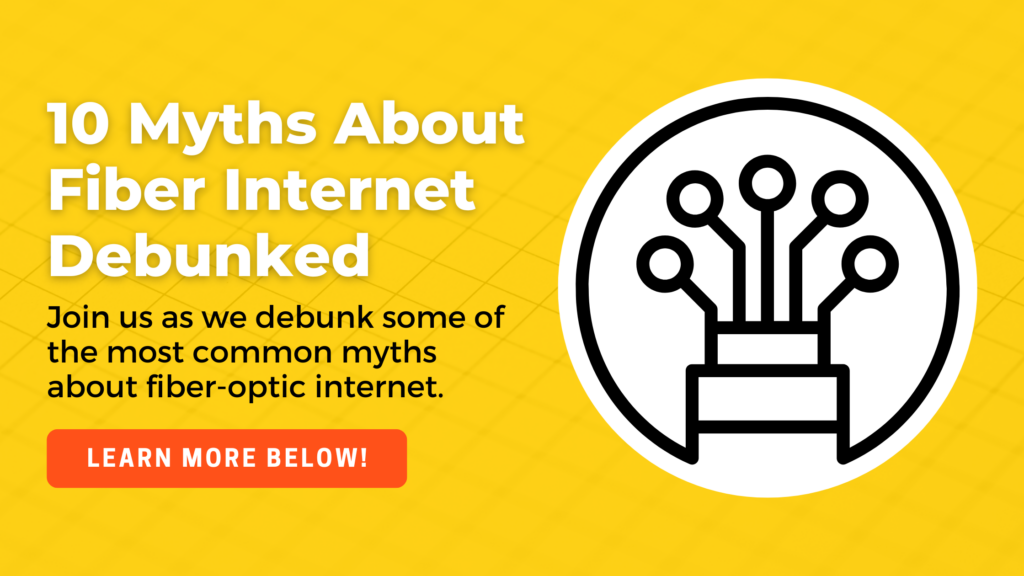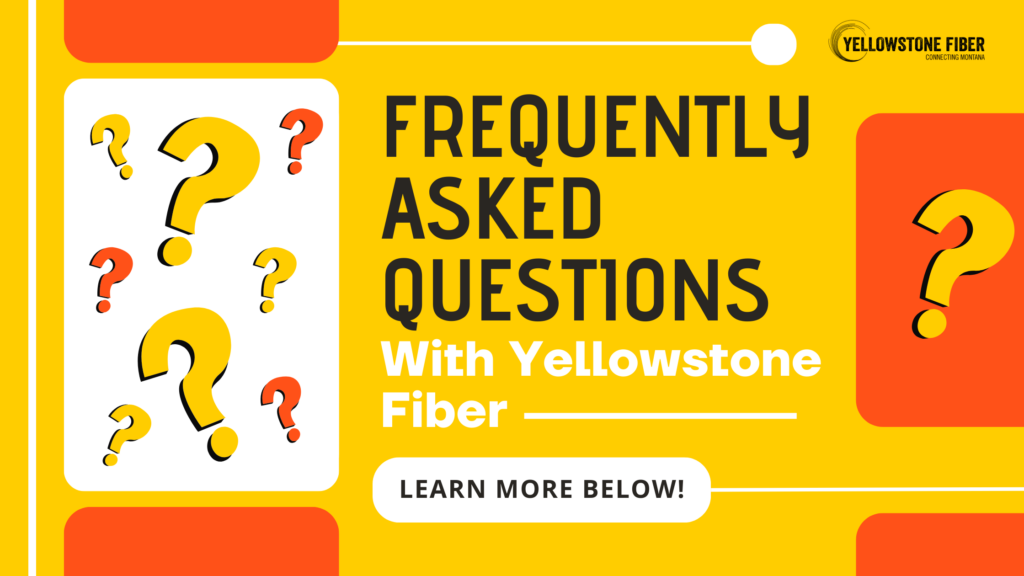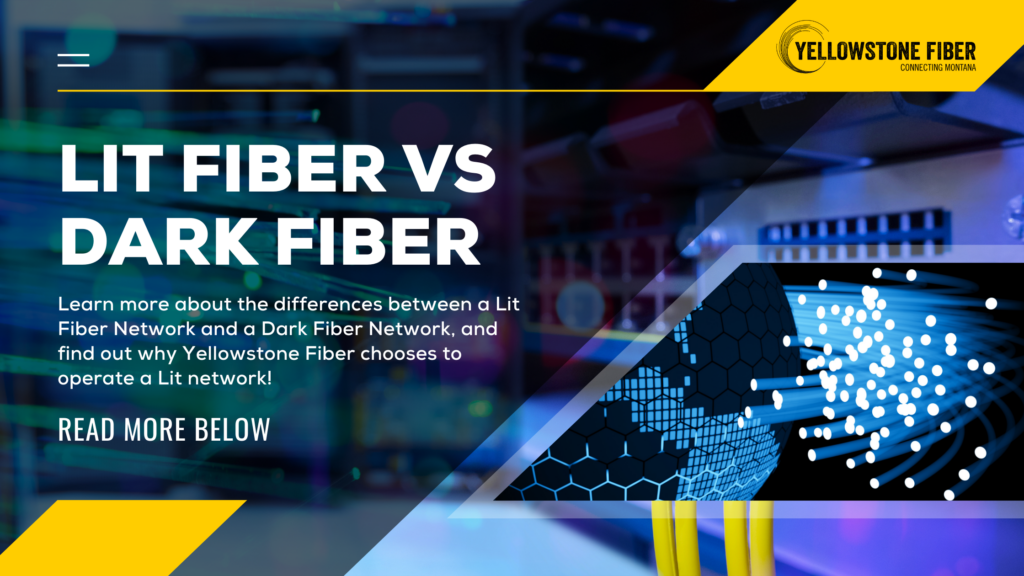5 Reasons Fiber is the Only Future-Proof Internet Option
We think it’s safe to say that as our world becomes increasingly connected, the demand for faster, more reliable internet is only going to grow. With things like remote work, telehealth, AI, and smart homes becoming more common you need an internet connection that keeps up with you now and is ready for all that is coming in the future! That’s where fiber internet really shines. Fiber networks like ours are built to provide for our communities’ connectivity needs now and in the future. So let’s get into 5 reasons why fiber internet is a future-proof investment for communities everywhere.
5 Reasons Fiber is the Only Future-Proof Internet Option Read More »










